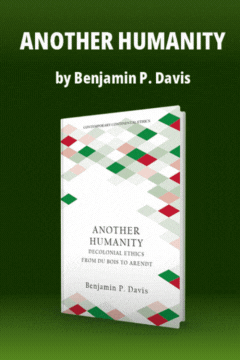Poland Today: Changes, Problems, Doubts
Poland Today: Changes, Problems, Doubts
Returning to Warsaw after a lapse of nine years, a visitor expects visual changes as dramatic as the political. That expectation is quickly dashed. The Polish capital simply looks more tired than ever, with its heartbreaking Stalinist architecture, mercifully relieved here and there by restorations of a few older buildings. The whole city seems covered by a deeper layer of grime: pollution control costs money, and in its absence a film of gray dust envelops everything even on the brightest days.
Yet a few hours of walks and conversation reveal that things are changing, and not simply running down. Sidewalks are full of small private stands, selling everything from fast food to kitchenware. The new government has legalized such ent...
Subscribe now to read the full article
Online OnlyFor just $19.95 a year, get access to new issues and decades' worth of archives on our site.
|
Print + OnlineFor $35 a year, get new issues delivered to your door and access to our full online archives.
|






